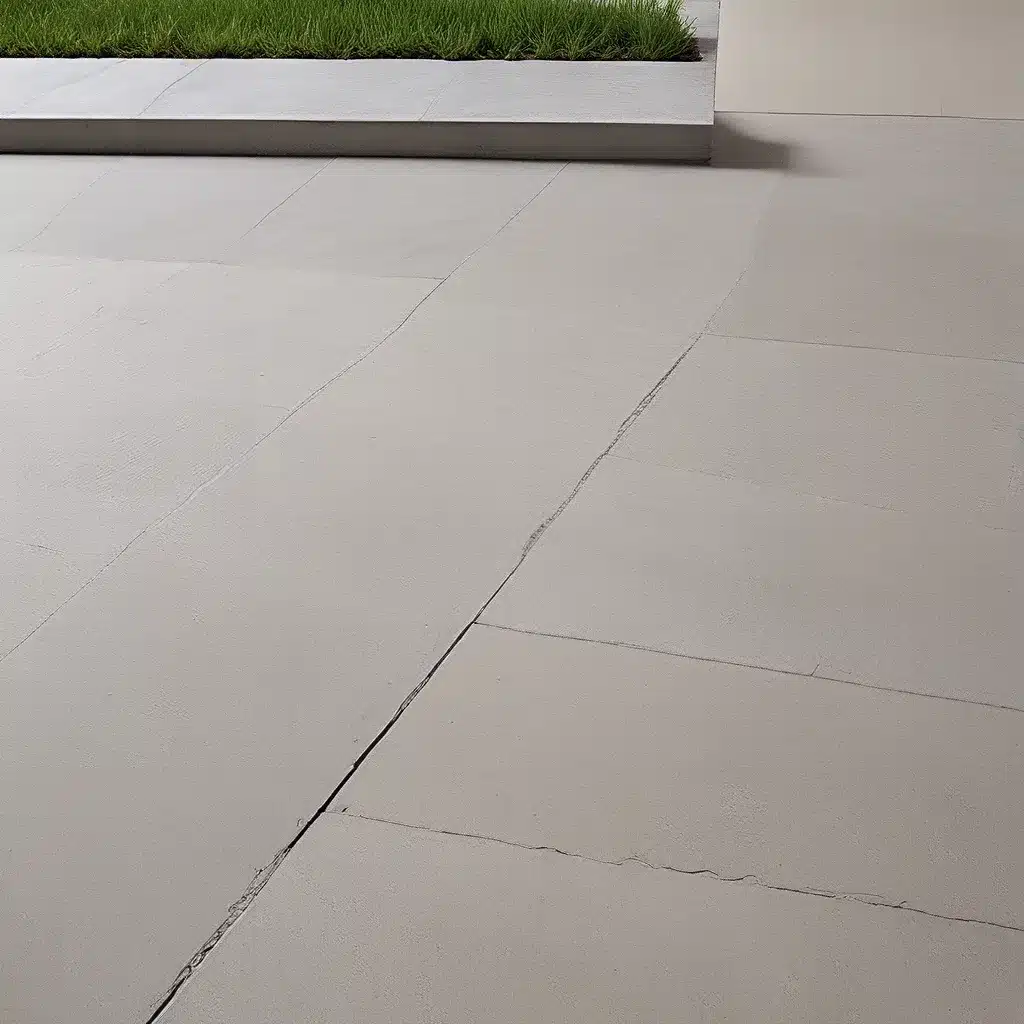
Concrete: The Unsung Hero of Our Built Environment
You know, when I think about the buildings, roads, and infrastructure that make up our modern world, it’s easy to take concrete for granted. I mean, it’s just this gray, utilitarian material, right? Boy, was I wrong. Concrete, it turns out, is the unsung hero of our built environment – a material that’s not only ubiquitous but also constantly evolving to meet the demands of our time.
Let me tell you, I used to think concrete was just, well, concrete. But once I started digging into the latest innovations in this industry, I was blown away. From sustainable mixes that reduce greenhouse gas emissions to 3D-printed structures that push the boundaries of design, the concrete world is undergoing a remarkable transformation. And as a homeowner myself, I can’t help but get excited about how these advancements can reshape the way we build our homes.
Concrete’s Carbon Footprint: A Challenge Worth Tackling
Now, I know what you’re thinking – concrete, sustainable? Isn’t that an oxymoron? Well, that’s what I thought too, until I learned about the industry’s efforts to address its carbon footprint. Did you know that cement, concrete, and asphalt account for a whopping 8% of global greenhouse gas emissions? That’s a staggering statistic, but the good news is that innovators are paving the way (pun intended) to a cleaner, greener future.
As the Lemelson Foundation report points out, the demand for these materials is expected to grow by around 40% by 2050. That means we need to act fast to find solutions that can keep up with this demand while reducing the environmental impact. And that’s exactly what’s happening – from low-carbon cement mixes to innovative recycling methods, the concrete industry is stepping up to the challenge.
Unlocking Innovation: Performance Specifications vs. Prescriptive Specs
One of the key barriers to sustainable concrete solutions, as the Lemelson Foundation report highlights, is the prevalence of prescriptive specifications set by state Departments of Transportation (DOTs). These rigid rules dictate the exact ingredients and proportions that can be used, effectively stifling innovation.
But there’s a better way: performance specifications. Instead of telling producers exactly what to use, performance specs focus on the end result – things like strength, durability, and safety. This allows for the introduction of new, low-emissions materials that can meet or exceed the required standards.
ClearPath, Clean Air Task Force, and the Center for Climate and Energy Solutions are working to encourage state DOTs to adopt these performance-based standards. And you know what? It’s working – there’s growing consensus among industry leaders that this is a crucial step in unlocking the sustainable potential of concrete.
Concrete Innovations: From Self-Healing to 3D Printing
But the concrete revolution isn’t just about reducing emissions – it’s also about pushing the boundaries of what this material can do. Take self-healing concrete, for example. Researchers have developed concrete mixes that can actually seal their own cracks, reducing the need for costly and time-consuming repairs. Imagine never having to worry about unsightly cracks in your driveway or foundation!
And then there’s the world of 3D printing. As KE Flatwork points out, this technology is revolutionizing commercial concrete construction, allowing for unprecedented customization and the creation of complex designs. Just think of the possibilities for your home – custom-made architectural elements, intricate patterns, and even entire structures, all printed with concrete.
Oh, and let’s not forget about the visual appeal. Gone are the days of plain, gray concrete slabs. Textured finishes, colored mixes, and even luminescent options are giving concrete a whole new look, transforming it from a utilitarian material into a design-forward one.
A Future-Proof Foundation: Concrete’s Smart Technologies
But the innovations don’t stop there. The concrete industry is also embracing smart technologies that can help extend the life of our infrastructure and keep us safer. As KE Flatwork explains, concrete structures can now be embedded with sensors that monitor everything from crack development to stress levels. This allows for proactive maintenance and early intervention, ensuring our homes and buildings remain in top condition.
And let’s not forget about the practical benefits of these smart concrete technologies. Imagine being able to track the health of your home’s foundation in real-time, or getting alerts about potential issues before they become major problems. It’s like having a built-in concrete concierge, watching over your property 24/7.
Navigating the Evolving Concrete Landscape
Now, I know all of this might sound a little overwhelming – with so many innovations and industry trends, it can be tough to know where to start. But that’s where companies like Concrete R Us come in. As a leading provider of concrete services and solutions, they’re at the forefront of this technological revolution, helping homeowners like me navigate the ever-changing landscape.
Whether you’re looking to incorporate sustainable concrete mixes into your home renovation, explore the possibilities of 3D-printed architectural elements, or simply ensure your existing concrete structures are standing the test of time, the team at Concrete R Us has got your back. They’re not just a concrete company – they’re concrete innovators, dedicated to pushing the boundaries of what’s possible.
So, if you’re ready to take your home to the next level with cutting-edge concrete solutions, I’d highly recommend giving Concrete R Us a call. After all, why settle for ordinary concrete when you can have the future of building materials right at your fingertips?

